Space Explorers for Kids: Gravity & Planetary Motion Made Fun
Subscribe & Get Free E-books!
Subscribe to our channel and fill out the form below to receive exclusive free e-books directly in your inbox.
As parents, we’re constantly seeking ways to turn science into something kids can see, feel, and explore. Space Explorers: Episode 5 – Gravity & Planetary Motion in Action! is designed exactly for that purpose—making one of the most important forces in the universe both understandable and exciting.
Many parents worry that topics like gravity and orbital mechanics may be too complicated for young learners. The truth? With the right storytelling, visuals, and hands-on activities, children not only “get it”—they also fall in love with the science behind it. Shared learning experiences like these build curiosity, strengthen critical thinking, and give kids confidence to tackle complex ideas.
The Wonder of Gravity in Motion
Gravity is more than just what keeps our feet on the ground—it’s the invisible force that keeps the planets dancing in orbit around the Sun. Episode 5 shows kids that gravity isn’t just “down”—it’s everywhere, pulling objects toward each other and shaping the entire solar system.
Through fun animations and easy-to-follow experiments, children learn that the same force pulling their toy to the floor also keeps the Moon circling Earth and Earth circling the Sun.
Why it matters for families: Kids see that the universe follows patterns and rules, and with observation and creativity, they can understand those rules too.
Key Learning Areas for Young Space Explorers
1. Understanding Gravity Through Direct Experience
Children see how a dropped ball and a circling planet are linked by the same force. The episode shows everyday examples—like jumping on a trampoline—to connect their daily lives with cosmic motion.
Discussion Starter: Ask, “What would happen if there was no gravity on Earth?”
2. Patterns of Planetary Motion
When kids watch planets orbit the Sun in the show, they’re seeing motion patterns that humans have observed for centuries. These patterns teach children about cycles, prediction, and stability in nature.
Skill Link: Recognizing patterns builds early mathematical and scientific reasoning.
3. Cause and Effect in Action
Gravity demonstrates one of the clearest examples of cause and effect. When an object has mass, it pulls. When it pulls, it creates motion. Kids begin to see how invisible forces shape visible outcomes.
Real-World Application: This mirrors early physics principles and scientific thinking they’ll encounter later in school.
4. Mathematical Thinking with Orbits
The distances and speeds involved in orbits introduce children to scale and proportion. Without needing equations, they start grasping concepts like “further planets orbit slower” and “closer planets orbit faster.”
Activity Idea: Have kids use a ball and string to mimic planetary orbits around a “sun.”
5. Communication and Creative Expression
Complex topics like gravity often inspire creative storytelling. Kids may describe it as an “invisible rope” or “cosmic magnet.” Encouraging them to share observations in their own words builds both vocabulary and confidence.
Age-Appropriate Space Adventures by Development Stage
Ages 3–5: Cosmic Beginnings
-
Identify gravity as “the reason things fall”
-
Fun drop experiments: “What falls faster, a feather or a toy?”
-
Simple story play: “The Moon stays close to Earth because they’re friends.”
Ages 6–8: Growing Astronomers
-
Track orbits in animated visuals
-
Compare how different planets move
-
Predict which planet moves fastest in orbit
-
Research fun facts about moons and gravity
Ages 9–11: Junior Scientists
-
Use binoculars to watch the Moon’s movement over nights
-
Discuss why astronauts float in space stations
-
Connect Newton’s Laws to planetary motion in simple language
-
Explore how ancient astronomers explained orbits
Extending the Adventure at Home
Creative Activities Inspired by Episode 5
-
Orbit Race Game: Spin marbles around a bowl to mimic orbits.
-
Balloon Planets: Attach balloons with strings at different lengths to a central lamp—watch the “planets” orbit.
-
Gravity Diary: Kids write or draw daily examples of gravity at work in their lives.
Discussion Questions for Deeper Understanding
-
Why do planets stay in orbit instead of flying away?
-
What would happen if Earth stopped moving?
-
How does gravity help us on Earth every day?
-
What do you think astronauts feel when they float?
Building Real-World Connections
Exploring gravity and planetary motion helps children see that science isn’t just in textbooks—it’s in every fall, jump, and orbit around the Sun. The episode links their personal experiences with the grand design of the cosmos, showing them their place in a much bigger story.
Supporting Your Child’s Scientific Curiosity
Don’t worry if you don’t have all the answers—curiosity and questioning are part of the learning process. Watching Space Explorers together encourages kids to ask bold questions and teaches them that science thrives on exploration, not memorization.
The Lasting Impact of Cosmic Wonder
By exploring gravity and planetary motion, children build essential skills in observation, pattern recognition, and critical thinking. These skills will serve them in every subject, from math to art, while also sparking a lifelong love for space.
Making the Most of Your Space Explorer Adventure
The goal isn’t to master physics overnight—it’s to share wonder together. Laugh, ask questions, and enjoy the magical moment of watching your child connect everyday experiences to universal forces.
The cosmos is inviting your family to discover how invisible forces shape our world. All you need to do is press play, watch, and explore together.
Visit CartoonKidsTV.com for:
-
Printable worksheets
-
Bonus learning activities
-
Parent and teacher resources
-
Weekly updates
Follow Cartoon Kids TV on Facebook, Instagram, and Pinterest for tips and ideas to keep your child’s love of learning growing every day.
With every fall, jump, and orbit, children learn that science is alive—in their play, in the sky, and in the universe itself.
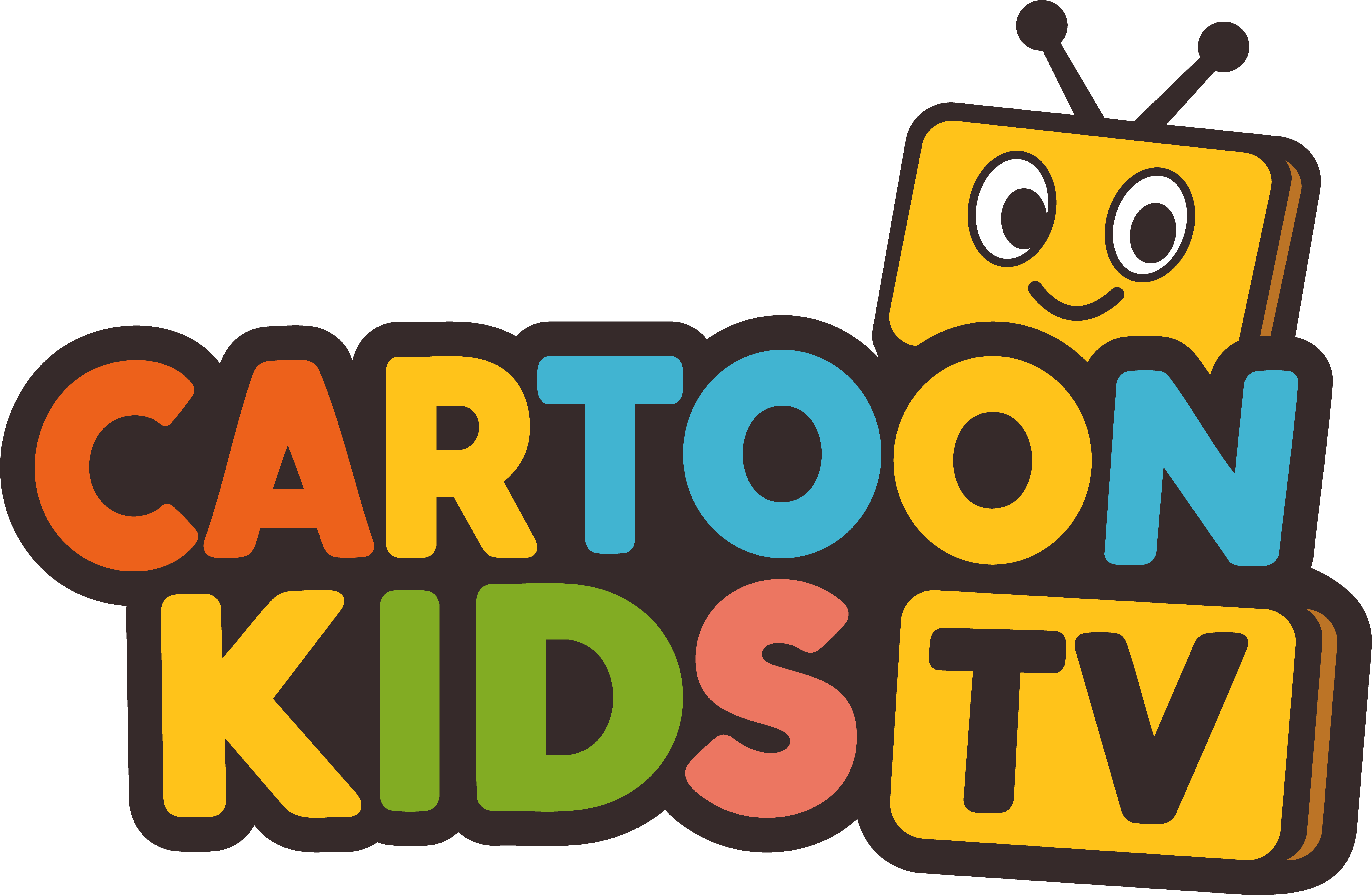
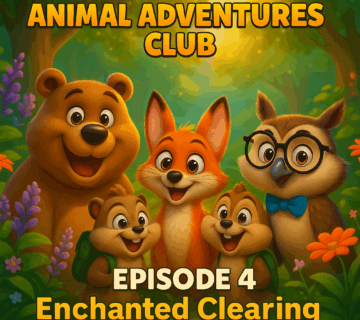
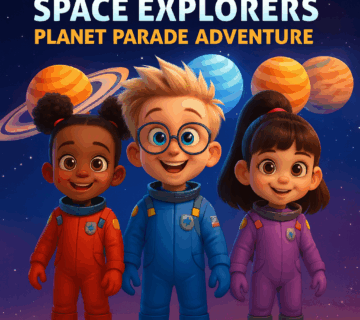
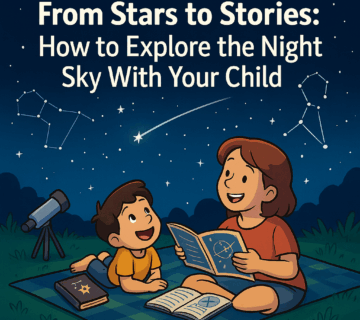
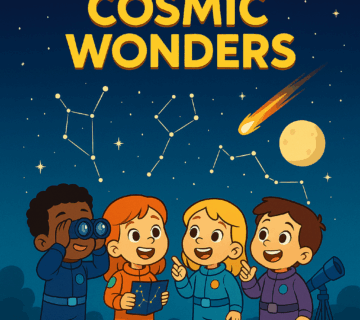
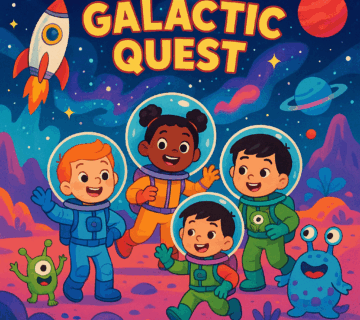
No comment